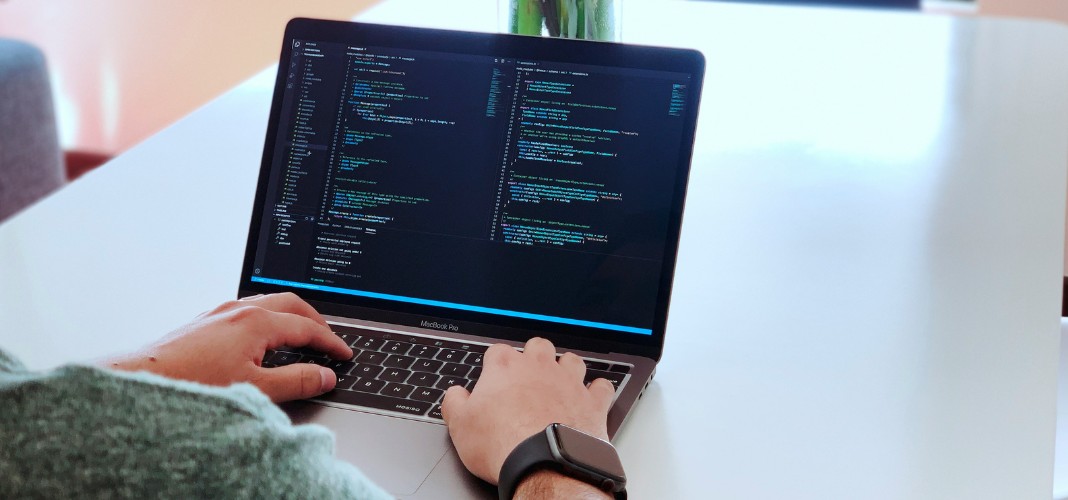Artificial intelligence has quickly moved from automating routine tasks to influencing fields once thought to be uniquely human, art, music, writing, and design. From generating paintings to composing music, AI systems are increasingly being described as “creative.” Yet this raises a crucial question: can machines truly think outside the box, or are they simply reflecting human input in new forms? The answer lies at the intersection of human imagination, machine intelligence, and the evolving definition of creativity itself.
Also Read: How AI is Transforming the World of Medical Imaging
The Expanding Role of AI in Creative Industries
In the past, creativity was often considered one of the last frontiers of human exclusivity. But today, AI platforms like DALL·E, MidJourney, and ChatGPT are producing visual art, poetry, and even screenplays. In music, AI algorithms can generate original melodies, while in design, they help architects and engineers brainstorm solutions. These tools don’t just replicate, they produce outputs that feel new, often sparking inspiration in ways humans might not have anticipated.
Imitation vs. Originality
One of the biggest debates around AI and creativity is whether machine-generated content qualifies as “original.” AI models learn by processing vast datasets, analyzing existing works, and then generating outputs based on patterns. In this sense, AI creativity resembles remixing, pulling together fragments of past knowledge to create something fresh.
Humans, of course, do this too; every novel or painting builds on cultural and historical influences. The difference lies in intent. Humans have emotions, motivations, and personal experiences that shape their creative work. AI, by contrast, lacks intrinsic intent; it produces based on probability, not passion.
Collaboration Over Replacement
Rather than viewing AI as a competitor, many artists and businesses are embracing it as a collaborator. A designer might use AI to generate hundreds of logo variations before selecting and refining one. A writer might lean on AI for brainstorming plot ideas, while musicians experiment with AI tools to uncover unexpected harmonies. In this way, AI acts as a creative partner, expanding the boundaries of what’s possible while leaving the final interpretation and emotional depth to humans.
The Ethics of Machine Creativity
AI-driven creativity also raises ethical questions. Who owns the copyright to an AI-generated painting or song: the programmer, the end user, or the machine itself? Moreover, when AI produces work resembling that of a particular artist, is it innovation or appropriation? These questions highlight the need for clear frameworks around intellectual property and responsible AI use in creative industries. Without such guidelines, the line between inspiration and imitation becomes dangerously blurred.
Redefining Creativity in the AI Era
Ultimately, whether machines can “think outside the box” depends on how we define creativity. If creativity is about generating novel combinations of ideas, then AI qualifies. If it is about expressing lived experience, human emotion, and intent, then creativity remains uniquely human. Perhaps the real power of AI lies not in replacing human imagination but in challenging it, pushing people to think differently, collaborate more broadly, and reimagine the limits of their creativity.
Also Read: The Transformative Role of ChatGPT in Finance Business
Conclusion
AI and creativity are no longer mutually exclusive concepts. Machines are showing remarkable potential in producing original, inspiring work, but their outputs are fundamentally rooted in human data and design. The most meaningful creative breakthroughs will likely emerge not from machines working alone, but from humans and AI collaborating in new, dynamic ways. Rather than asking if machines can think outside the box, the more exciting question is how they can help humans build entirely new boxes to explore.


